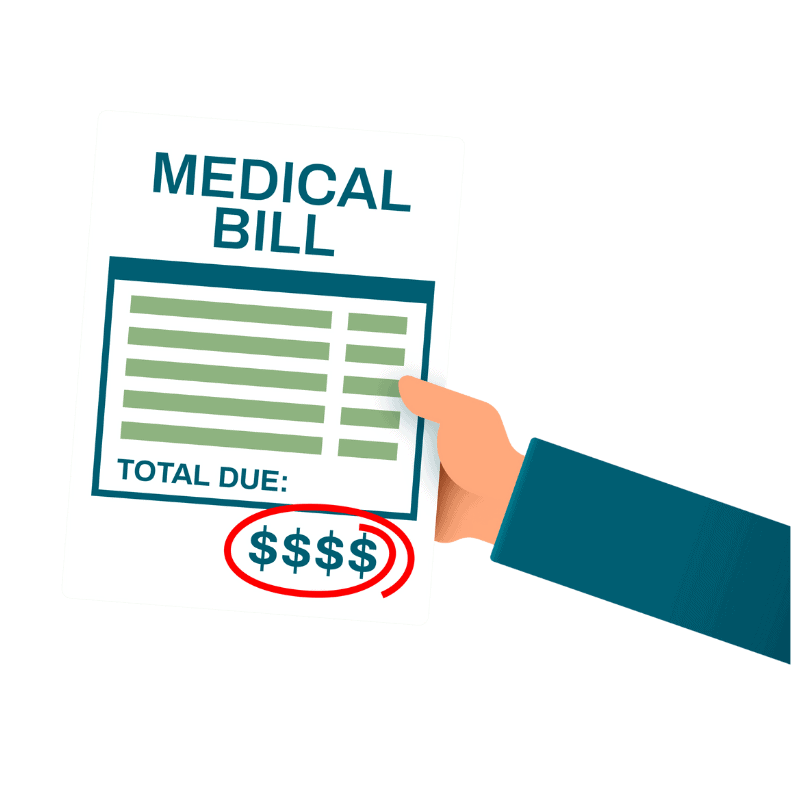Out of Pocket Max
Out-of-pocket maximum/limit is the most you have to pay for covered services in a plan year..
For example, you have a plan with a $3,000 annual deductible and 20% coinsurance with a $6,350 out-of-pocket maximum. You haven’t had any medical expenses all year, but then you need surgery and a few days in the hospital. That hospital bill might be $150,000.
You will pay the first $3,000 of your hospital bill as your deductible. Then, your coinsurance kicks in. The health plan pays 80% of your covered medical expenses. You’ll be responsible for payment of 20% of those expenses until the remaining $3,350 of your annual $6,350 out-ofpocket maximum is met. Then, the plan covers 100% of your remaining eligible medical expenses for that calendar year.
Depending on your plan, the numbers will vary— but you get the idea. In this scenario, your $6,350 out-of-pocket maximum is much less than a $150,000 hospital bill.
After you spend this amount on deductibles, copayments, and coinsurance, your health plan pays whether 75%, 80%, or 100% of the costs of covered benefits depending on your policy plan after out of pocket has been met. The out-ofpocket limit doesn’t include your monthly premiums.



